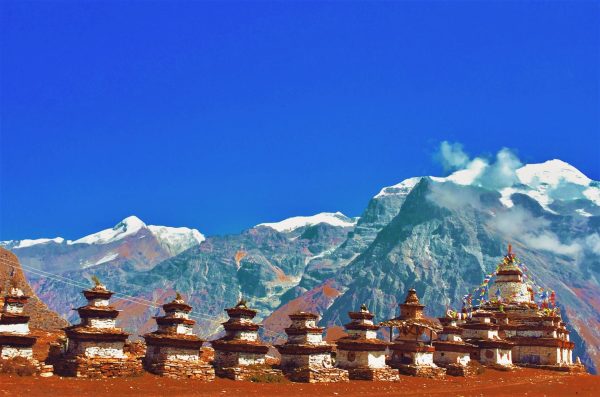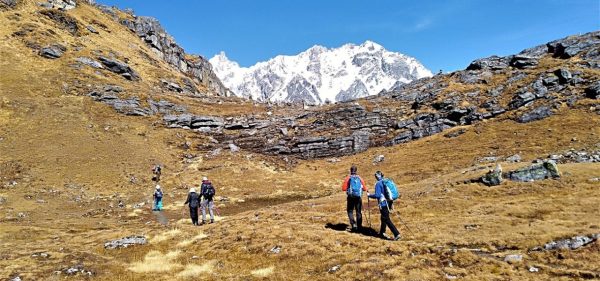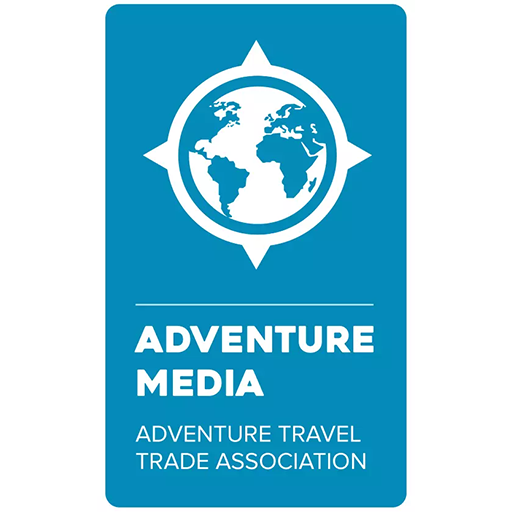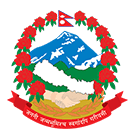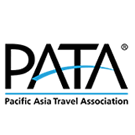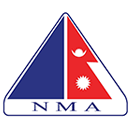Trip Facts
Trip Overview
Upper Mustang Trek: A Journey Through the Forbidden Kingdom
The Upper Mustang Trek reveals one of Nepal’s most extraordinary and untouched landscapes. Once the hidden Kingdom of Lo, this remote region features vast high-altitude deserts, deep canyons, ancient rock formations, and authentic Tibetan-style villages.
Isolated from the outside world, Upper Mustang was closed to tourists until 1992. This isolation earned it the famous title of the “Forbidden Kingdom.
In the early days, trekkers relied on fully supported camping expeditions, as permanent lodges were not allowed. Local communities contributed by offering flat camping grounds and horse rentals for short trips around Lo Manthang.
The Kingdom of Lo, founded in the 14th century by Ame Pal, was ruled by his descendants for 25 generations. Although Nepal abolished its monarchy in 2008, the last king, Jigme Dorje Palbar Bista, remained a respected spiritual leader until his death in 2016.
Today, Upper Mustang remains a restricted zone. Trekkers must obtain a special permit to enter.
Along the trekking route, locally owned teahouses and family-run lodges welcome visitors. They provide comfort and authentic cultural experiences. At the same time, the region retains its spiritual essence, dramatic high-altitude desert landscapes, and rich Tibetan Buddhist heritage.
As you trek through the high-altitude, arid terrain of red cliffs, wind-carved canyons, and surreal rock formations, you’ll feel transported to another world. The Upper Mustang Trek trail passes ancient villages like Chhusang, Chele, Syangbochen, Ghami, Dhakmar, and Charang, each preserving centuries-old architecture and authentic Mustangi traditions.
The highlight of the Upper Mustang Trek is Lo Manthang, a walled city with narrow, whitewashed streets. It is home to ancient monasteries, including Namgyal Gompa, and the historic King’s Palace. The city remains a rare stronghold of Tibetan Buddhist culture outside Tibet.
Plan your Upper Mustang Trek for mid-May to catch the vibrant Tiji Festival. During this three-day celebration, locals perform masked dances and conduct sacred rituals that honor the triumph of good over evil.
Beyond its heritage, the trek rewards you with stunning Himalayan views of Annapurna, Dhaulagiri, Nilgiri, and Tilicho Peak. Crossing Nyi La Pass (3,990 m) offers one of the best vantage points to enjoy the region’s untouched beauty.
Best Time to Trek Upper Mustang
The best time for the Upper Mustang Trek is March to May or September to November. Sitting in a rain shadow, Upper Mustang remains accessible even during the monsoon season (June–August), though it can get hot. Winter treks (December–February) are possible but cold, with many guesthouses closing for the season.
Physical Fitness for the Upper Mustang Trek
The Upper Mustang Trek is moderate. It requires 5 to 7 hours of daily hiking at altitudes between 2,800 and 4,000 meters. Prepare by building cardiovascular endurance through running, cycling, or hiking, and strengthen your legs with squats, lunges, and stair climbing. Acclimatizing to higher elevations before the trek will enhance your experience. While no technical climbing skills are needed, prior trekking experience helps.
Why Choose Upper Mustang Trek with Nepal Sanctuary Treks?
At Nepal Sanctuary Treks, we provide a personalized Upper Mustang Trek experience. With over 26 years of expertise in the field, we craft custom Upper Mustang Trek itineraries to suit your pace and preferences. Our experienced guides bring invaluable knowledge, offering insights into the rich local culture while ensuring your safety throughout the journey. They have trekked the Upper Mustang Trek many times and knows the region inside out.
We focus on small group sizes and rigorous safety protocols, providing you with personalized attention and safety. Our long-standing partnerships with trusted suppliers ensure you have carefully selected accommodations and reliable transportation during your Upper Mustang Trek .
As a Travelife Certified company, we are dedicated to promoting sustainable and eco-friendly travel. When you choose our Upper Mustang Trek , you support local communities and help minimize environmental impacts, making responsible tourism a key part of your adventure. Your safety, comfort, and unforgettable experience are our top priorities.
Contact us today to plan your tailored Upper Mustang Trek.
This is a sample itinerary of the Upper Mustang Trek . We shall customize the program as per your needs and preferences.
Note: below trekking hours, altitudes and distances are approximate, and absolutely for the general idea only.



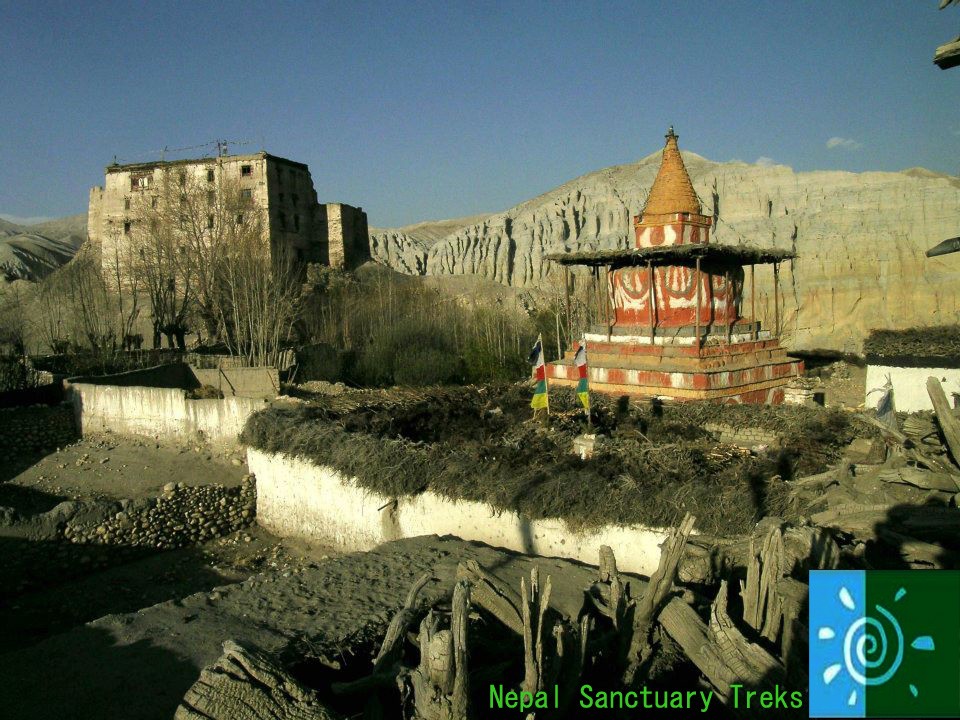
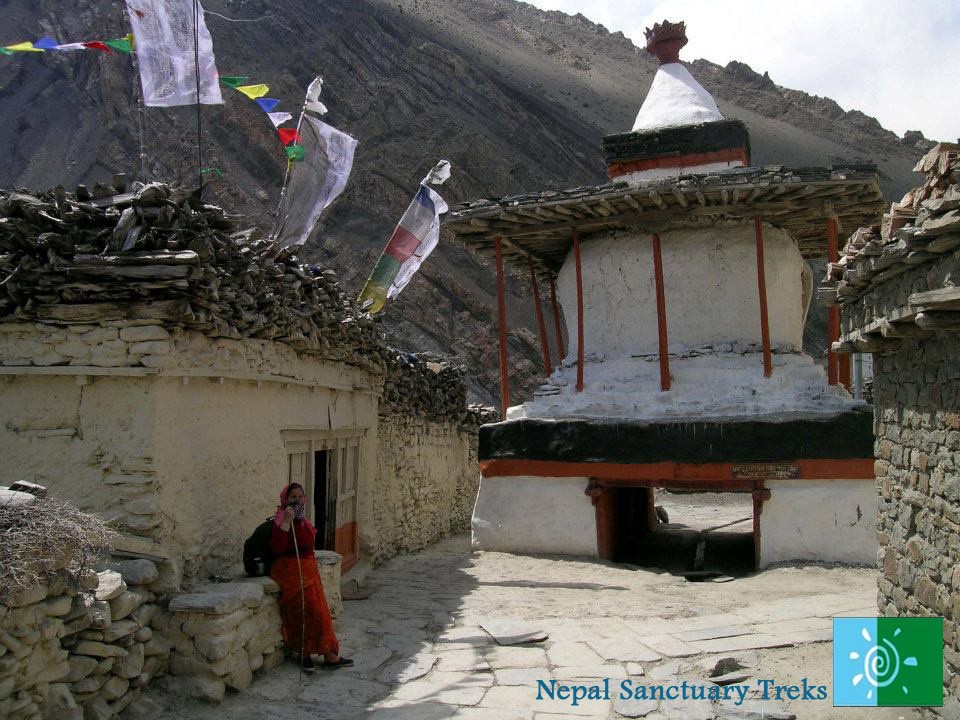
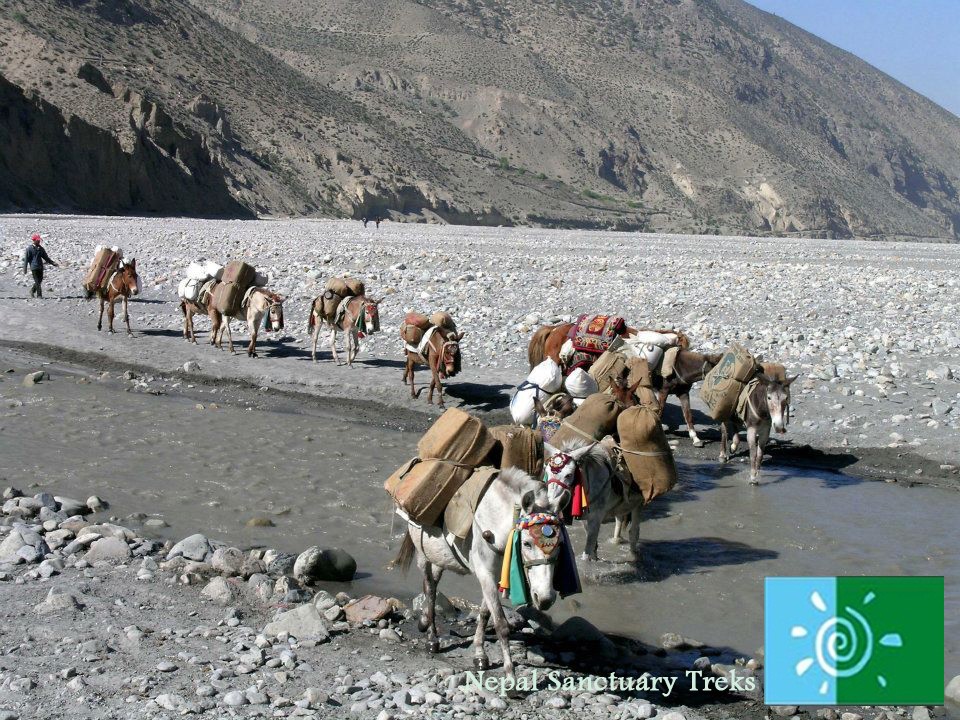
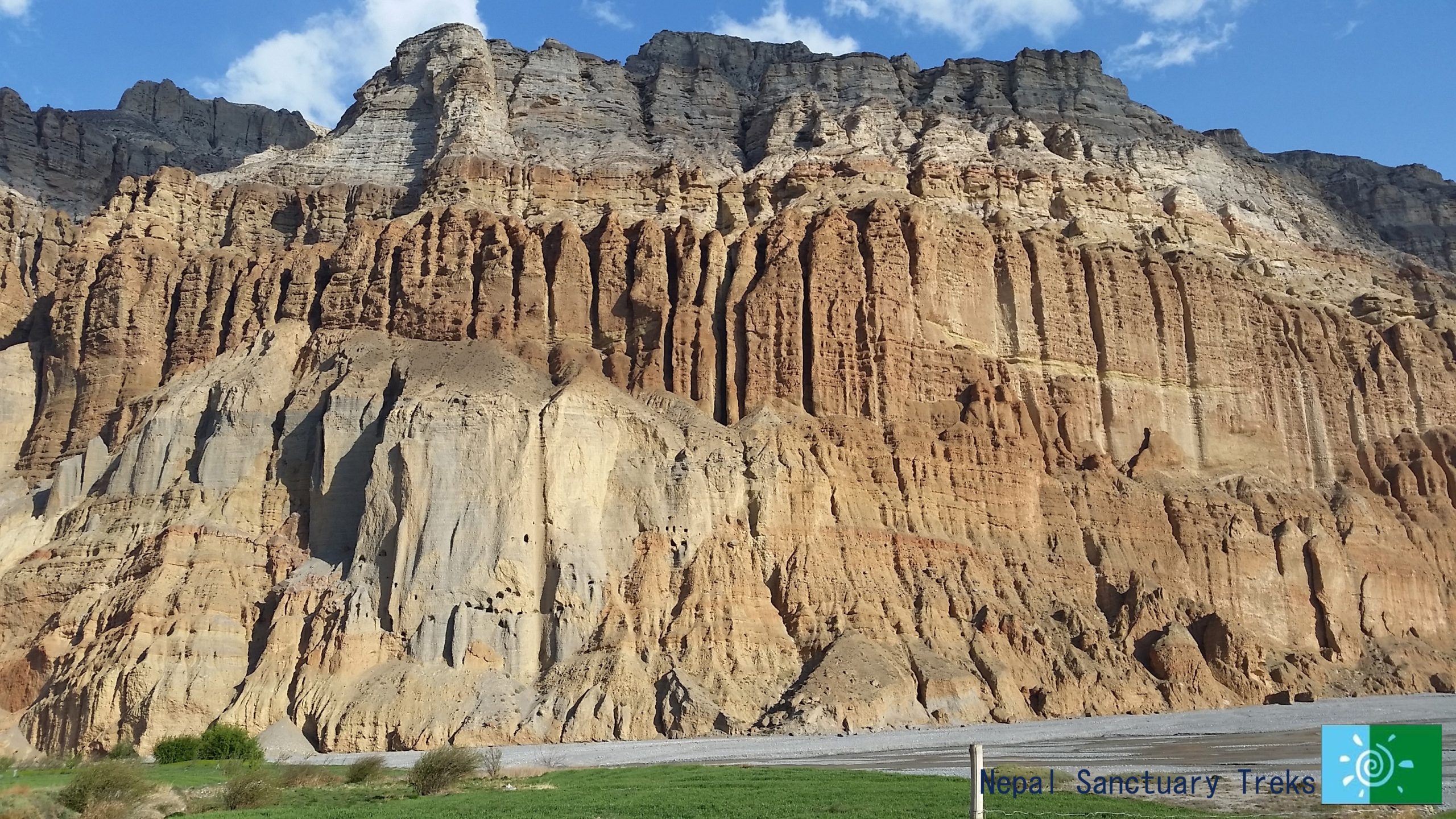


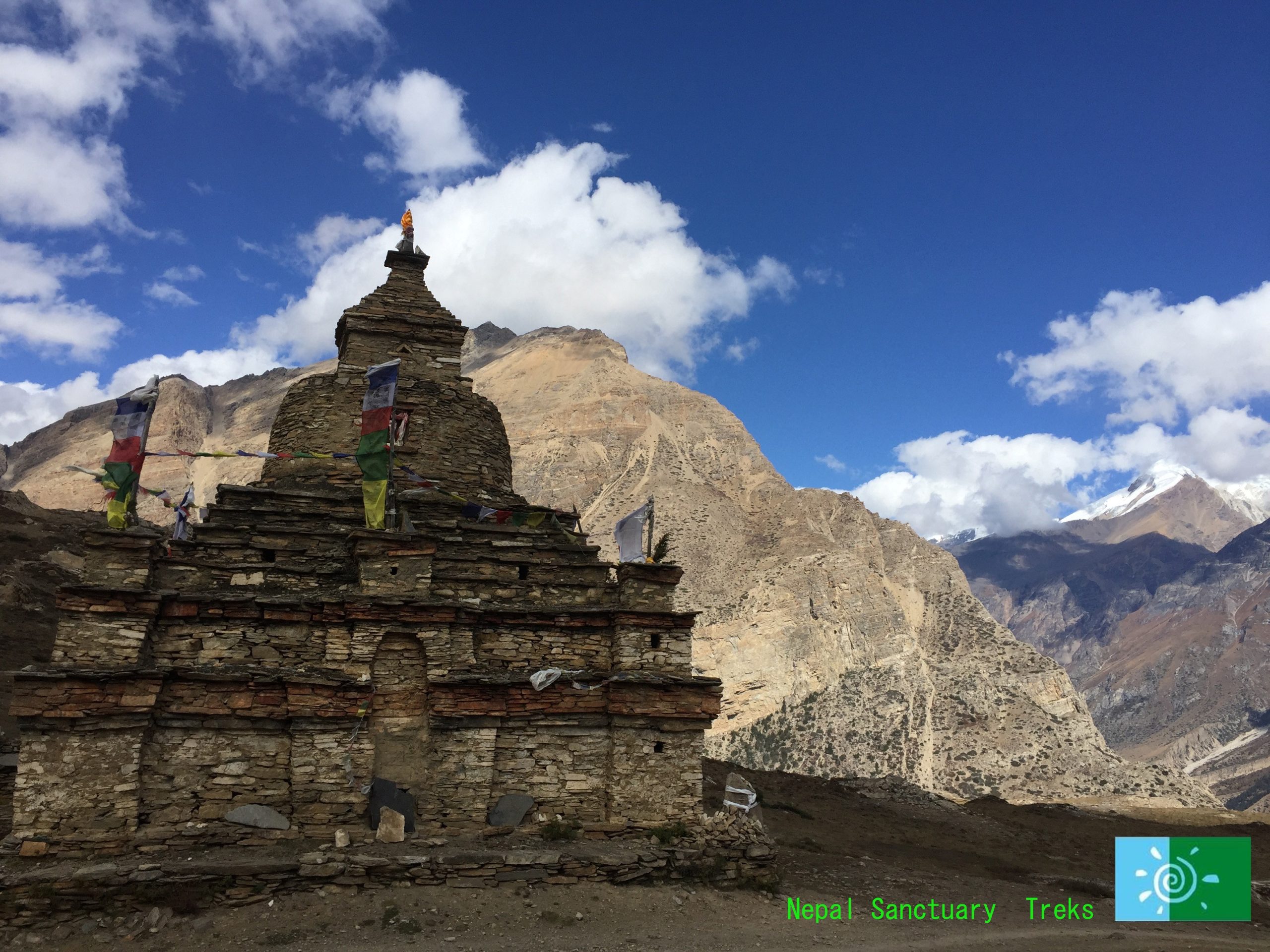
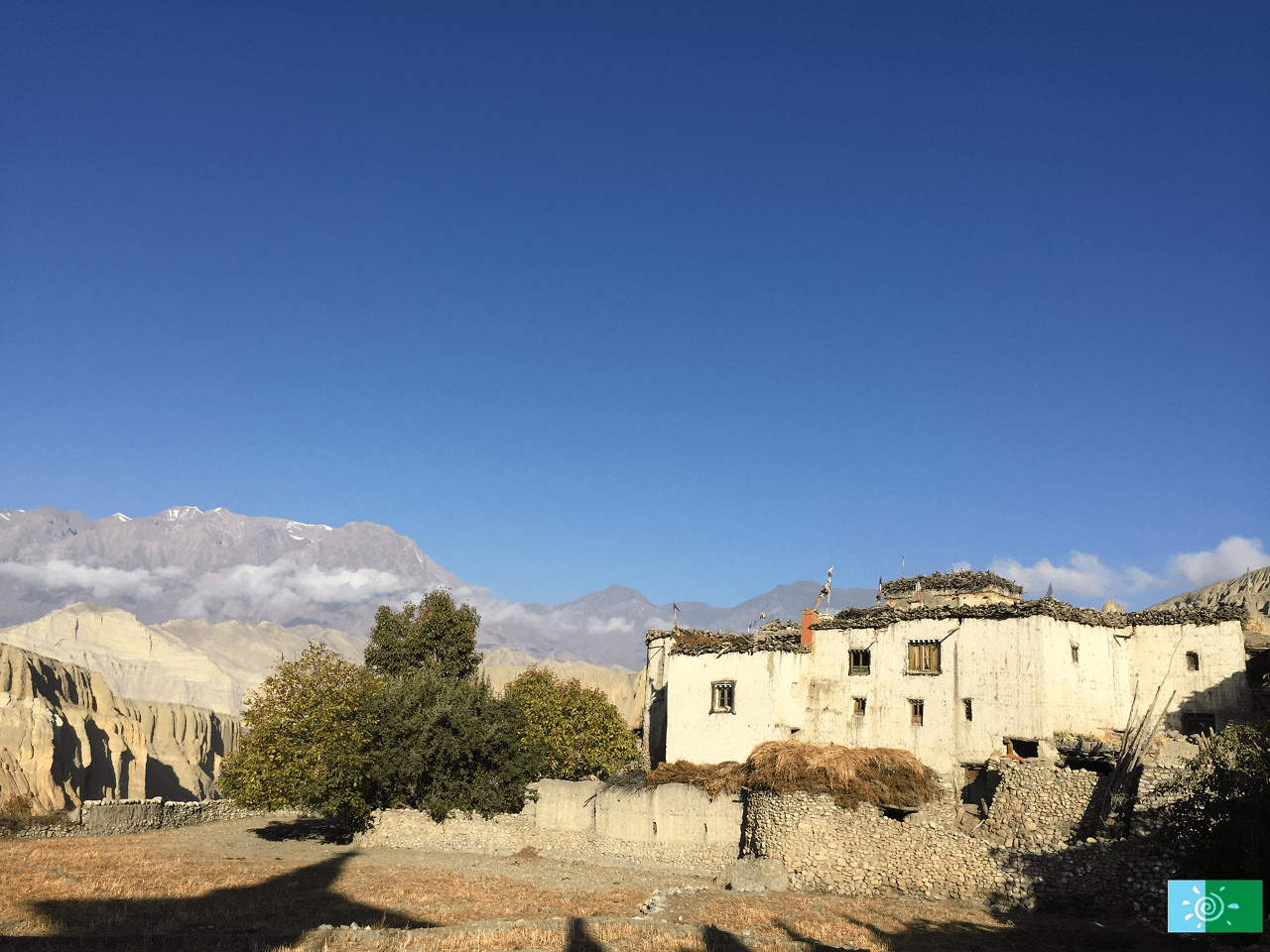
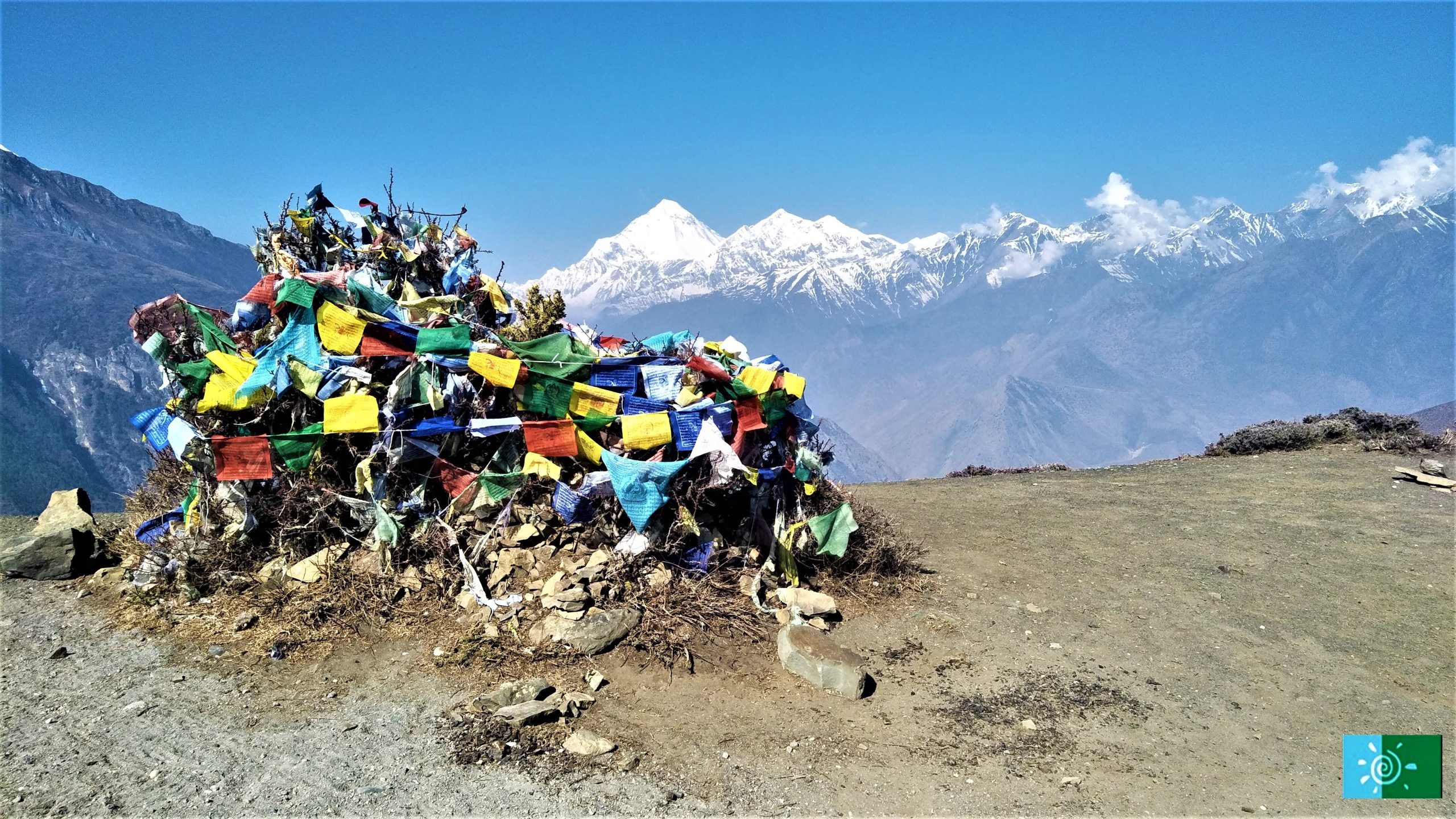
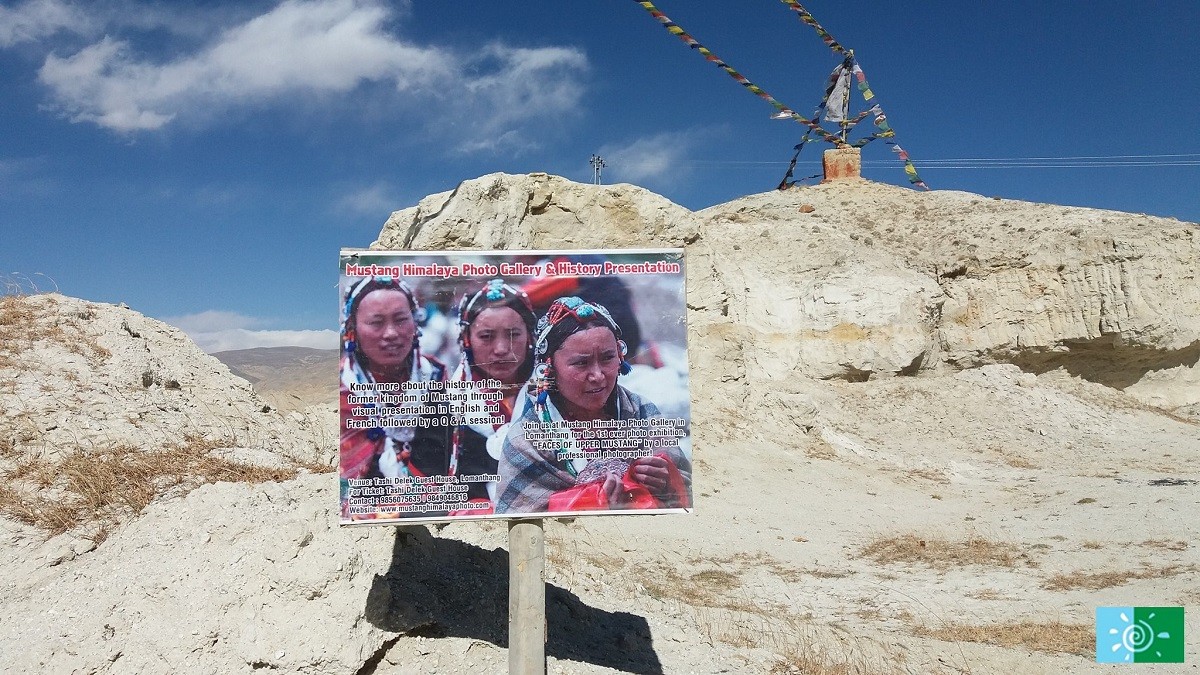
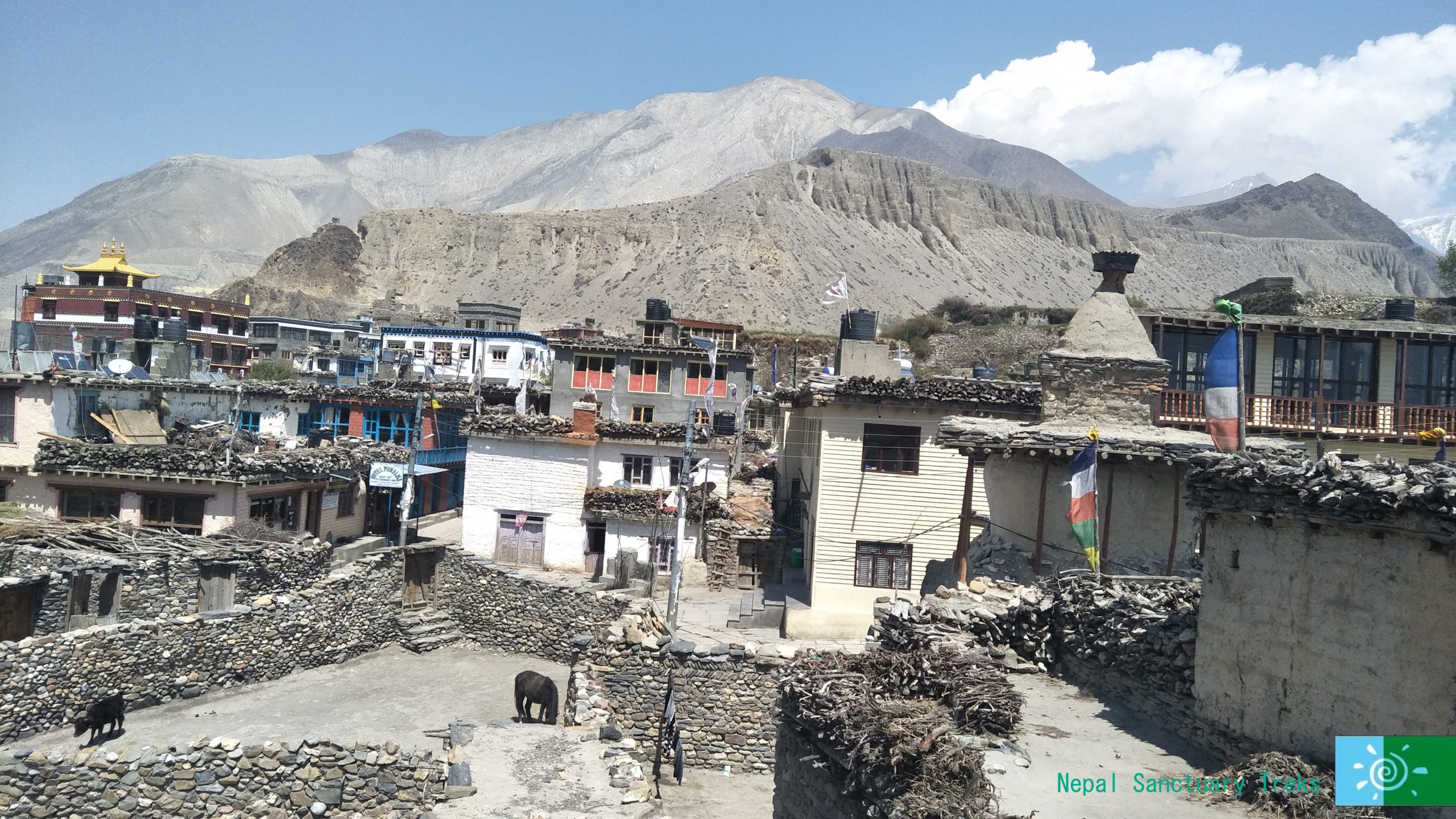


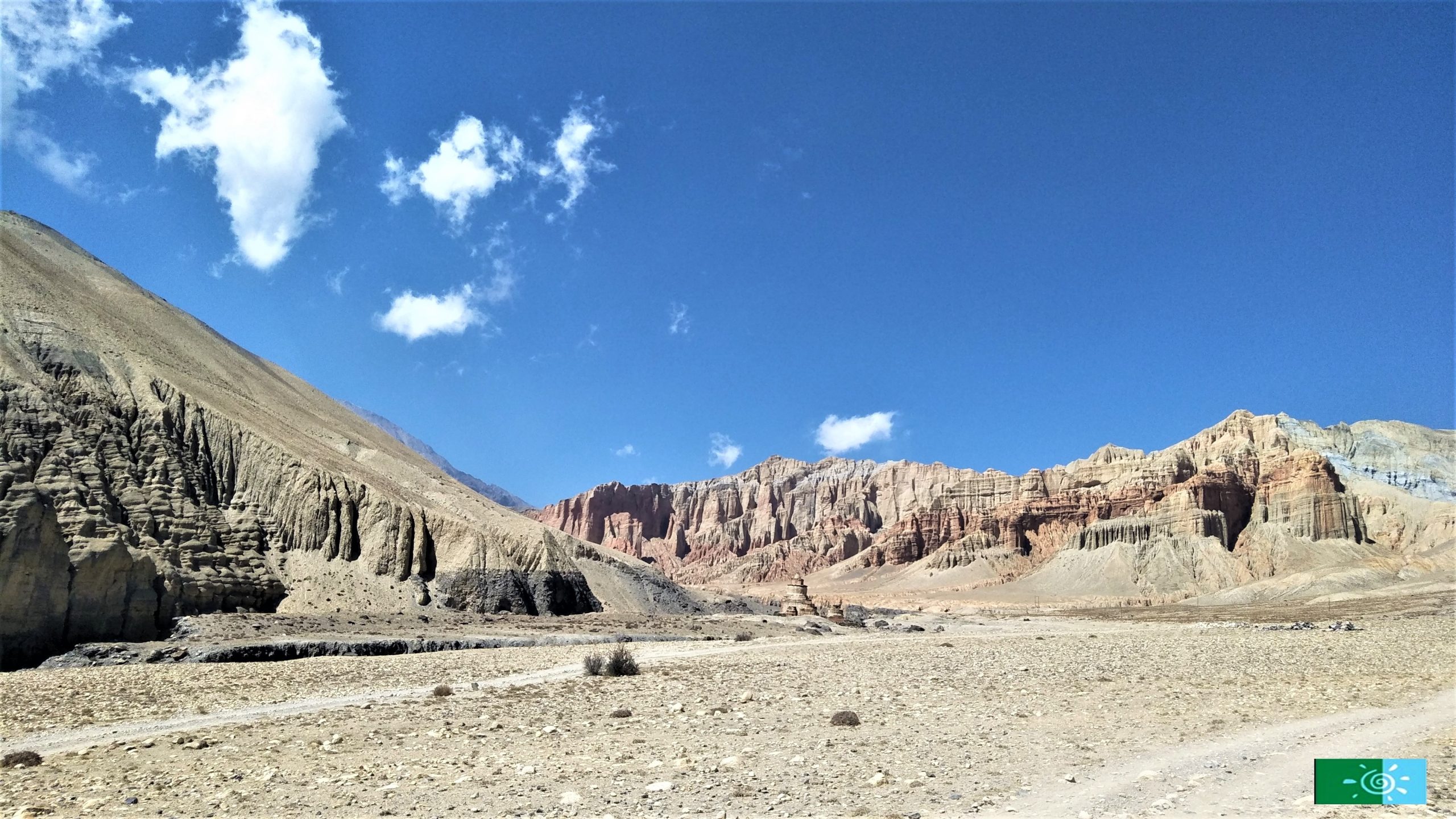
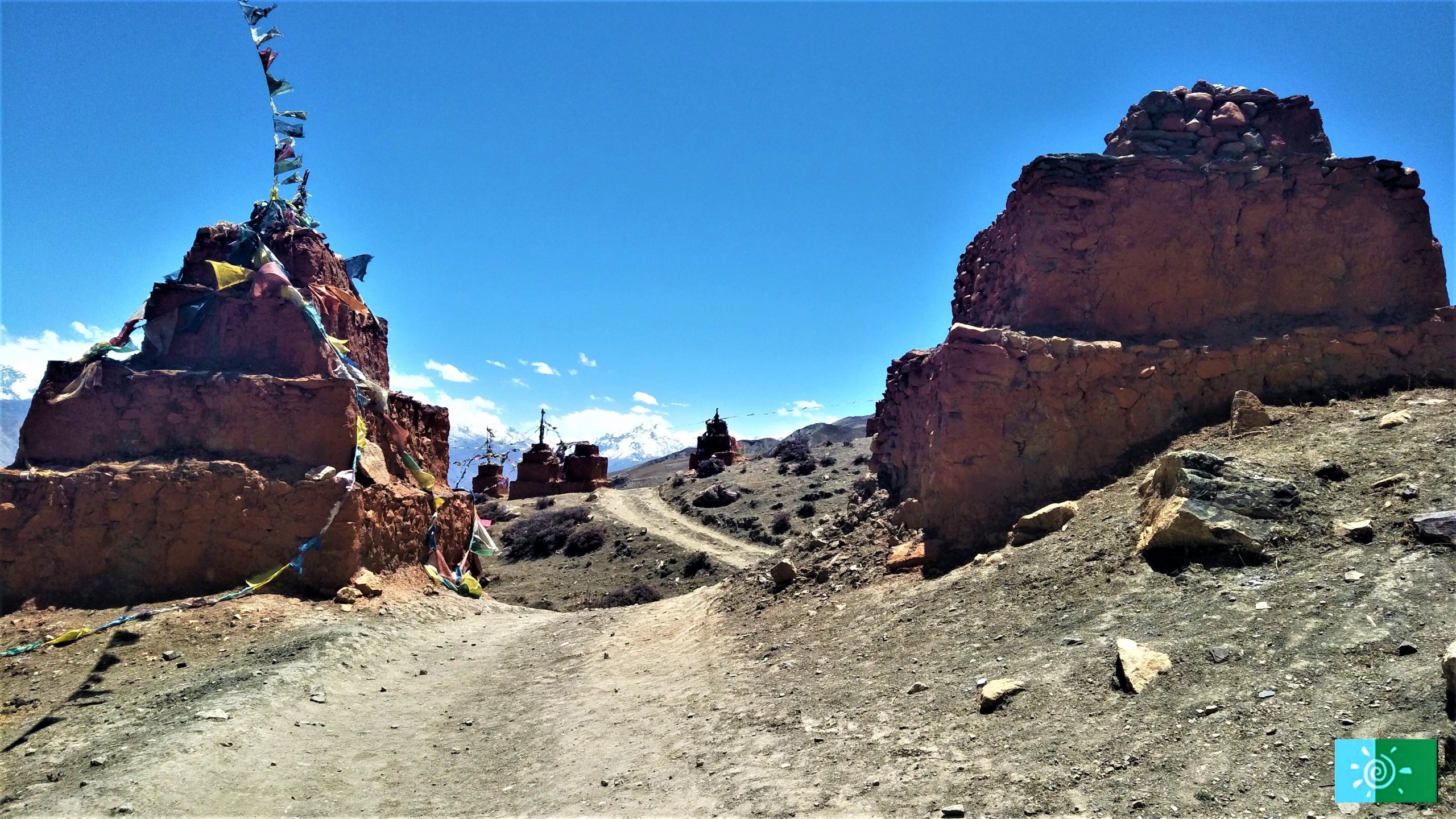
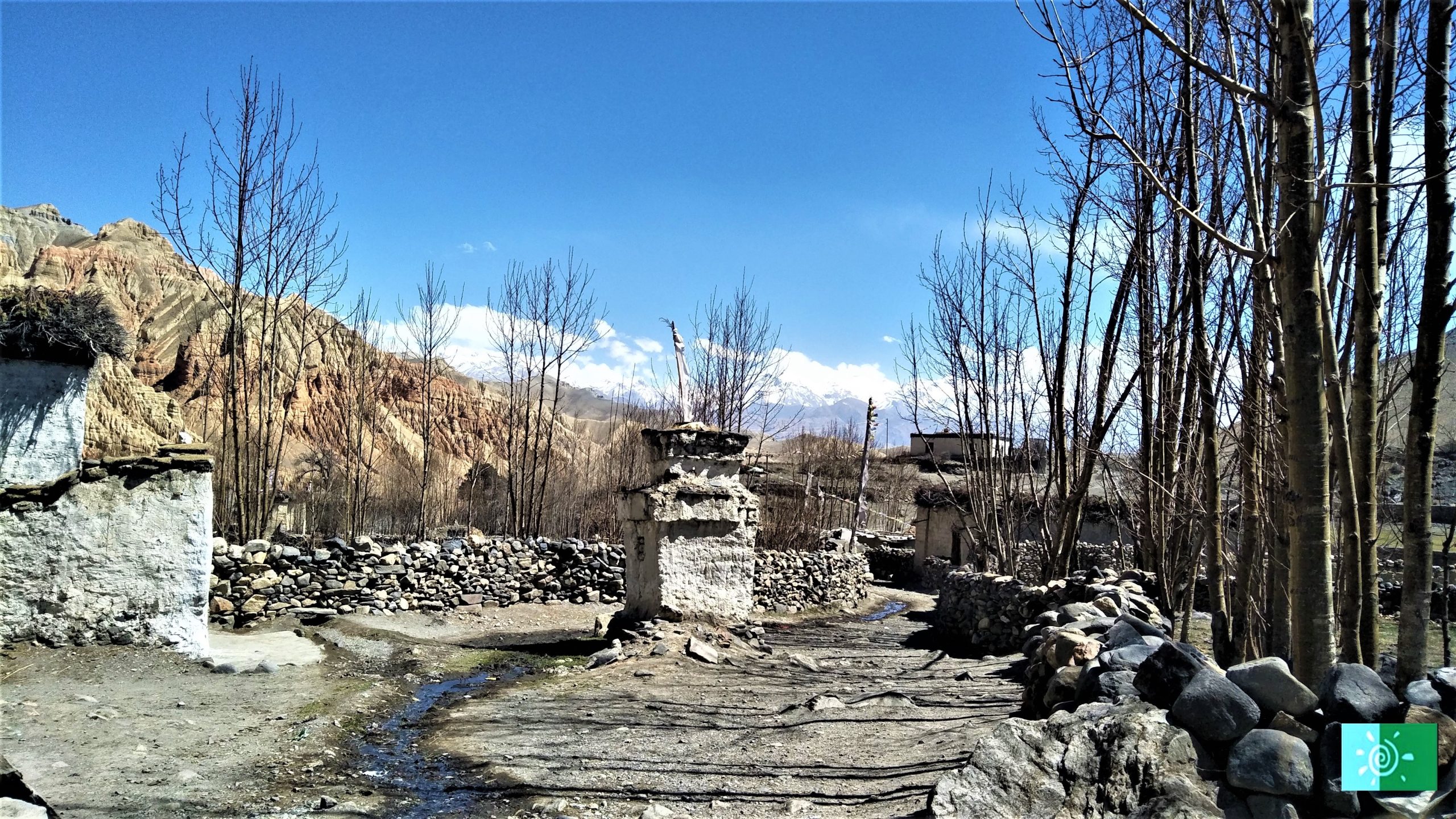
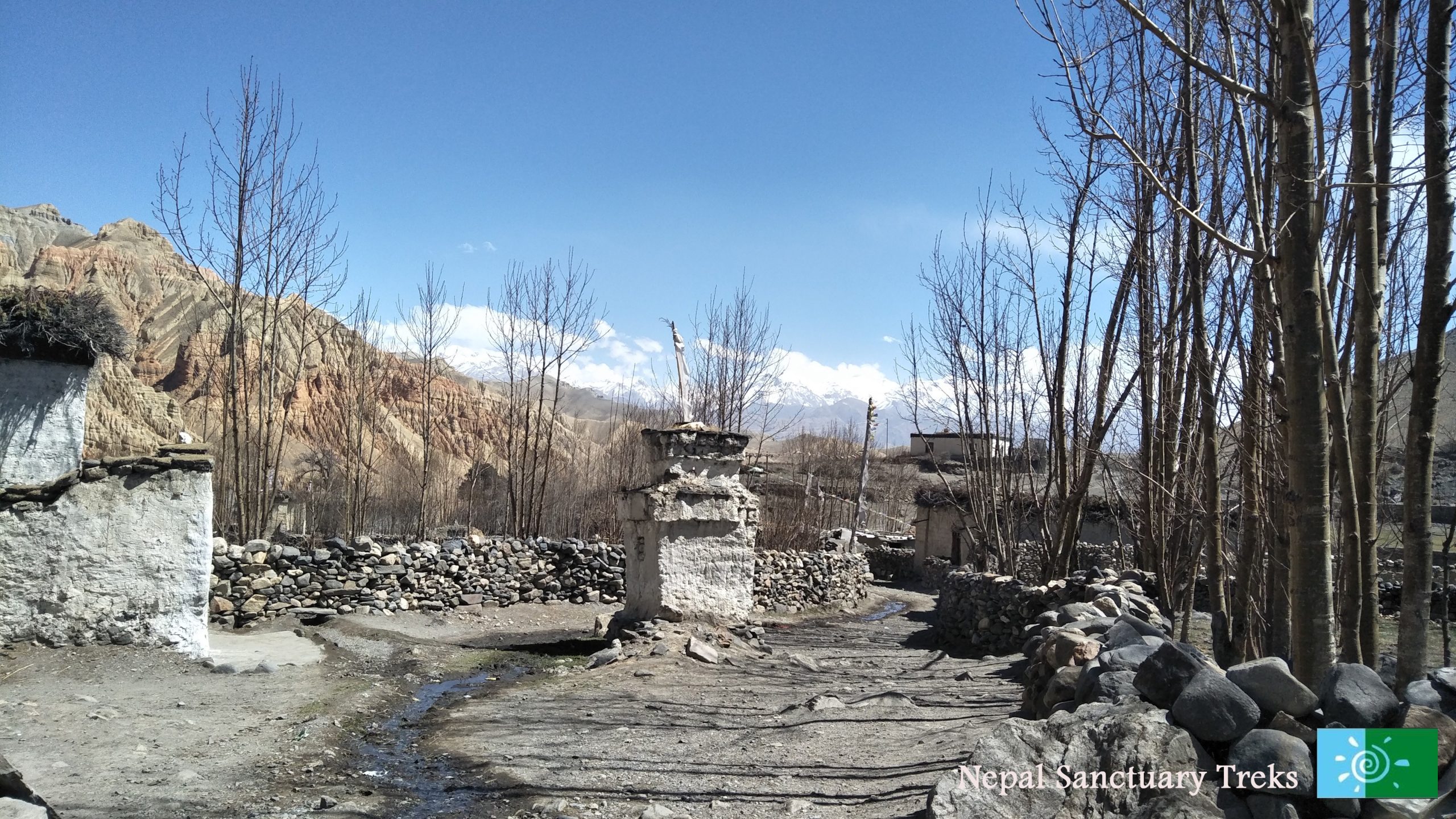

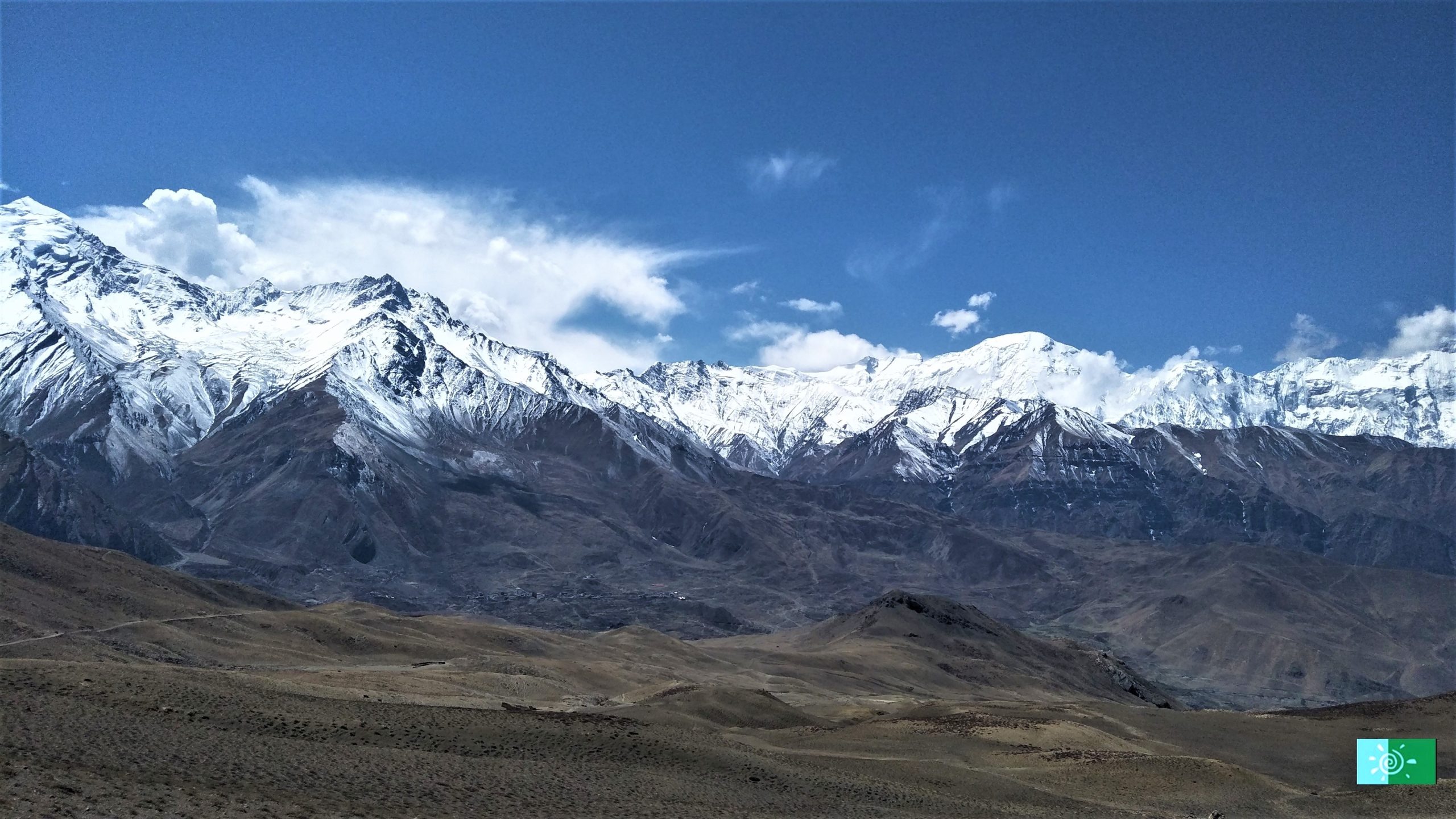
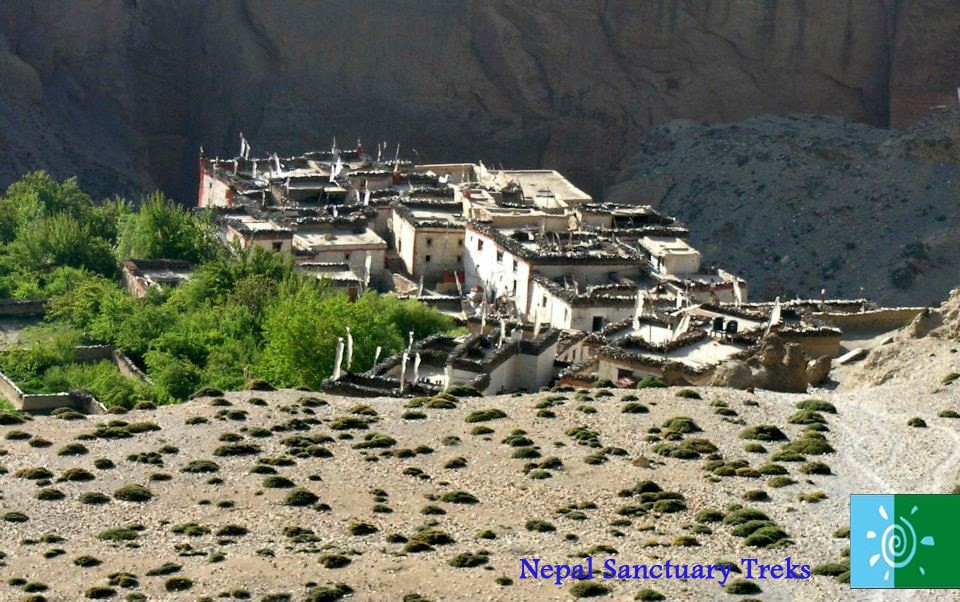
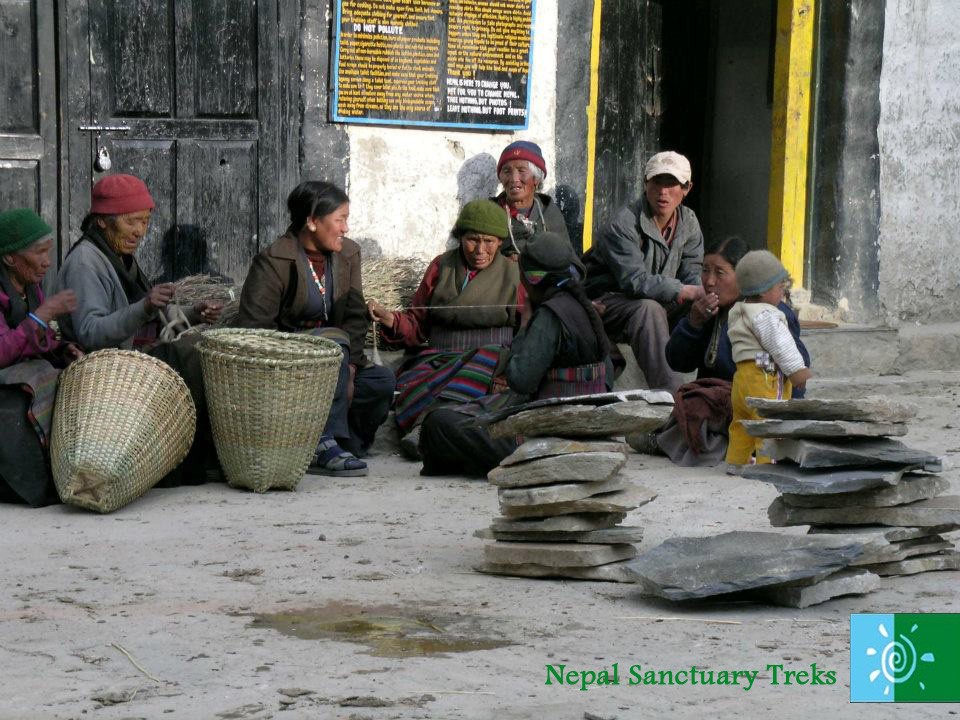
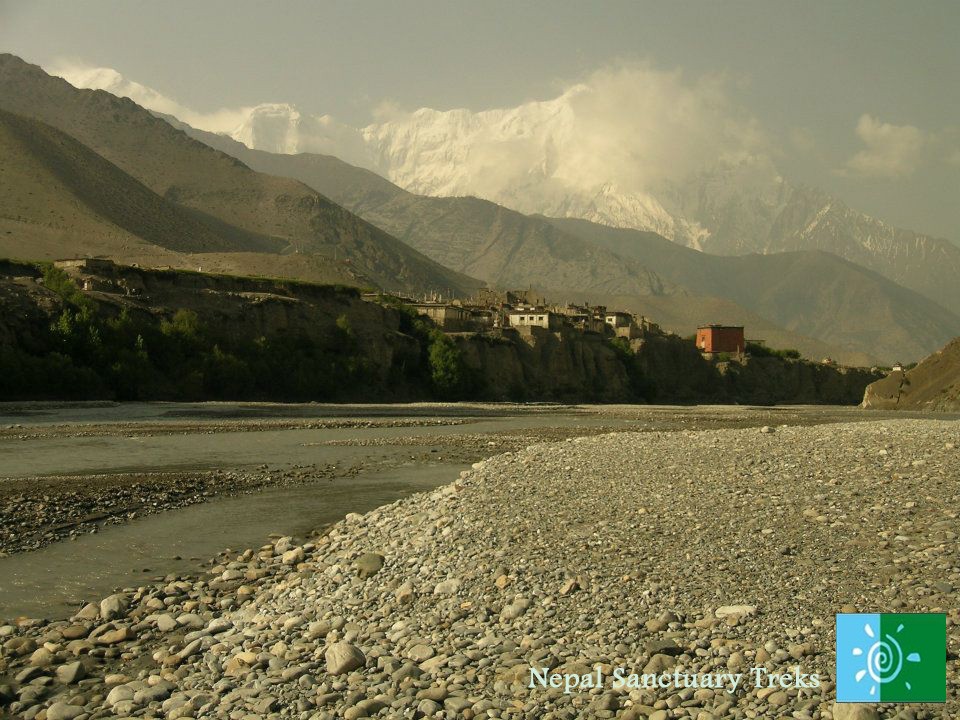

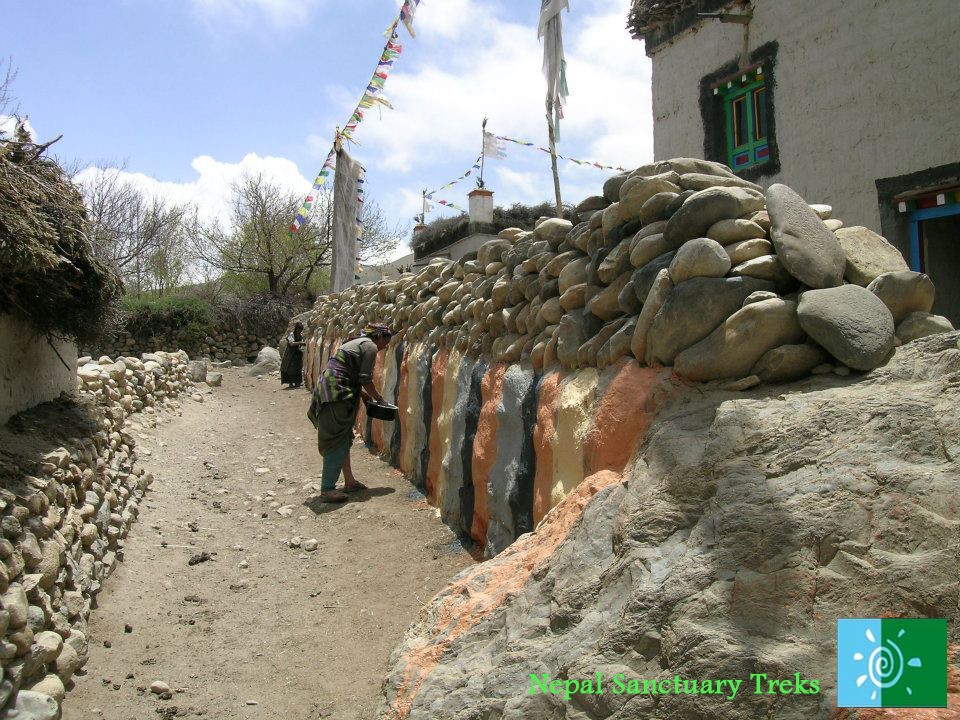

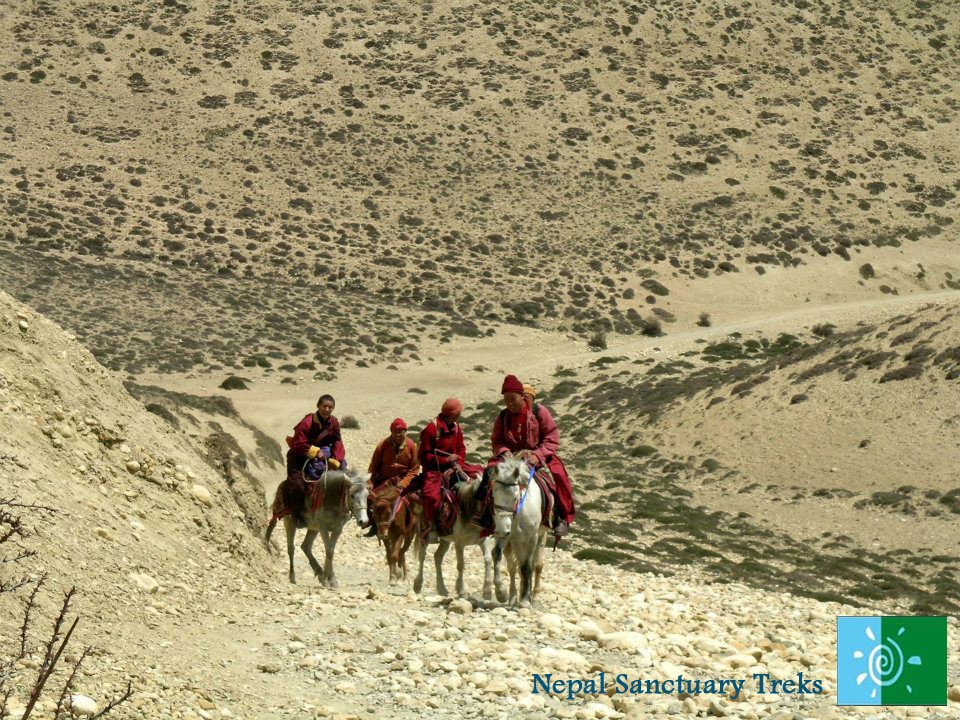
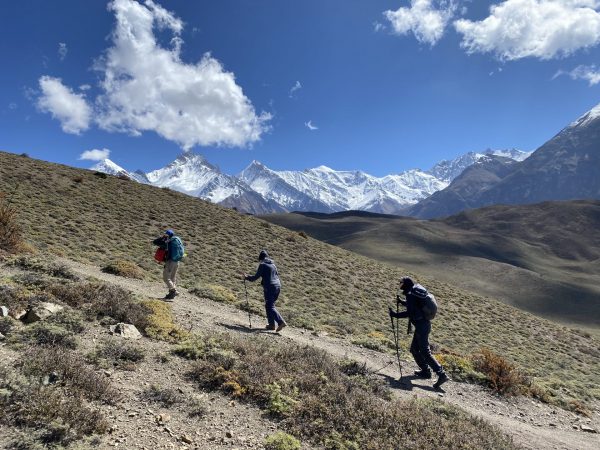
 Altitude:
3,710 m/12,171ft.
Altitude:
3,710 m/12,171ft.
 Difficulty:
Moderate
Difficulty:
Moderate
